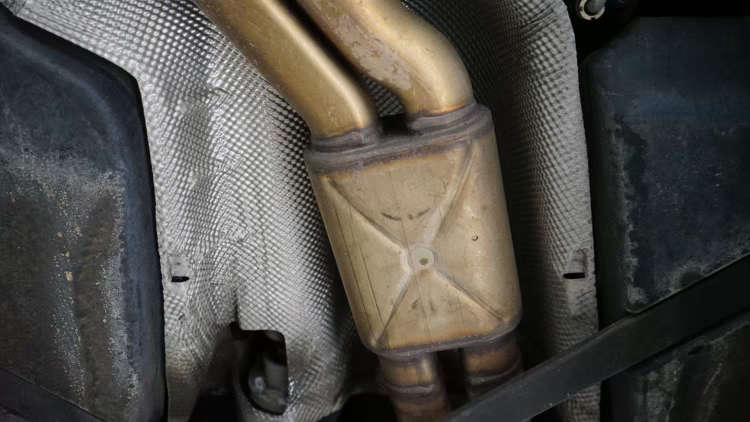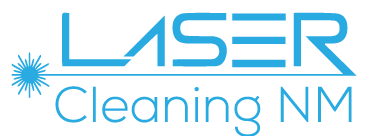What Is laser Cleaning?
Laser cleaning technology is a precise and non-abrasive method that has gained attention in the world detailing and surface cleaning.
One of its key advantages is its ability to delicately remove contaminants, such as paint defects, rust, and adhesive residues, from almost any surface without causing damage. This precision is particularly valuable for intricate detailing work, restoration projects, and the removal of imperfections from wood, steel, and concrete, where preserving the original surface is crucial.
Laser cleaning’s accuracy allows operators to target specific areas while leaving surrounding surfaces untouched, ensuring a high level of control and finesse.
Laser Cleaning BEnefits
Technology: Laser cleaning uses high-intensity laser beams to remove contaminants, coatings, and impurities from a surface. It relies on the energy of the laser to vaporize or ablate the unwanted material, leaving behind a clean surface.
Abrasiveness: Laser cleaning is non-abrasive, meaning it does not physically touch or scrape the surface being cleaned. Instead, it relies on the energy from the laser to remove contaminants. This makes it suitable for delicate surfaces and materials that could be damaged by abrasive methods.
Precision: Laser cleaning is highly precise and can be controlled with great accuracy. It allows for selective cleaning, where specific areas can be targeted while leaving surrounding areas untouched.
Environmental Impact: Laser cleaning is considered environmentally friendly because it doesn’t involve the use of chemicals or generate waste materials. It produces minimal to no secondary waste.
Safety: Laser cleaning involves the use of high-powered lasers, and safety precautions are crucial to protect operators from potential laser hazards, including eye and skin damage.


Laser Cleaning Q&A
Learn More about Laser Cleanig Technology
Car laser cleaning is a high-tech cleaning method that uses intense laser beams to remove contaminants, paint defects, rust, and other imperfections from the surface of vehicles without damaging the underlying material.
Laser cleaning works by delivering concentrated laser energy to the surface, causing the contaminants to vaporize or be removed through a process known as ablation. The laser selectively targets and removes unwanted materials.
Laser cleaning can effectively remove rust, paint, oxides, grease, and other contaminants from surfaces in industries ranging from manufacturing to historical restoration.
Yes, laser cleaning is non-abrasive and can be performed safely on a wide range of surfaces, including metal, some type of plastics, glass, and concrete without causing damage.
Safety is paramount when using laser cleaning equipment. Operators must wear appropriate protective gear, including laser safety goggles. Proper training and adherence to safety guidelines are essential to prevent accidents and ensure safe operation.
Laser cleaning offers several advantages over traditional methods. It is more precise, environmentally friendly (no chemicals or waste), and can be faster for certain tasks. Additionally, it is non-abrasive and suitable for delicate surfaces.
Yes, laser cleaning is effective for removing old paint layers and preparing surfaces for repainting. Its precision allows for the selective removal of paint defects.
Yes, laser cleaning is considered environmentally friendly because it does not generate chemical waste or introduce harmful substances into the environment.
Yes, laser cleaning is scalable and adaptable to various project sizes. It is equally effective for small components and large industrial surfaces.
Laser cleaning equipment requires regular inspection and maintenance to ensure optimal performance. This may include checking optics, cleaning lenses, and verifying the proper functioning of components. Regular maintenance helps prolong the lifespan of the equipment.
